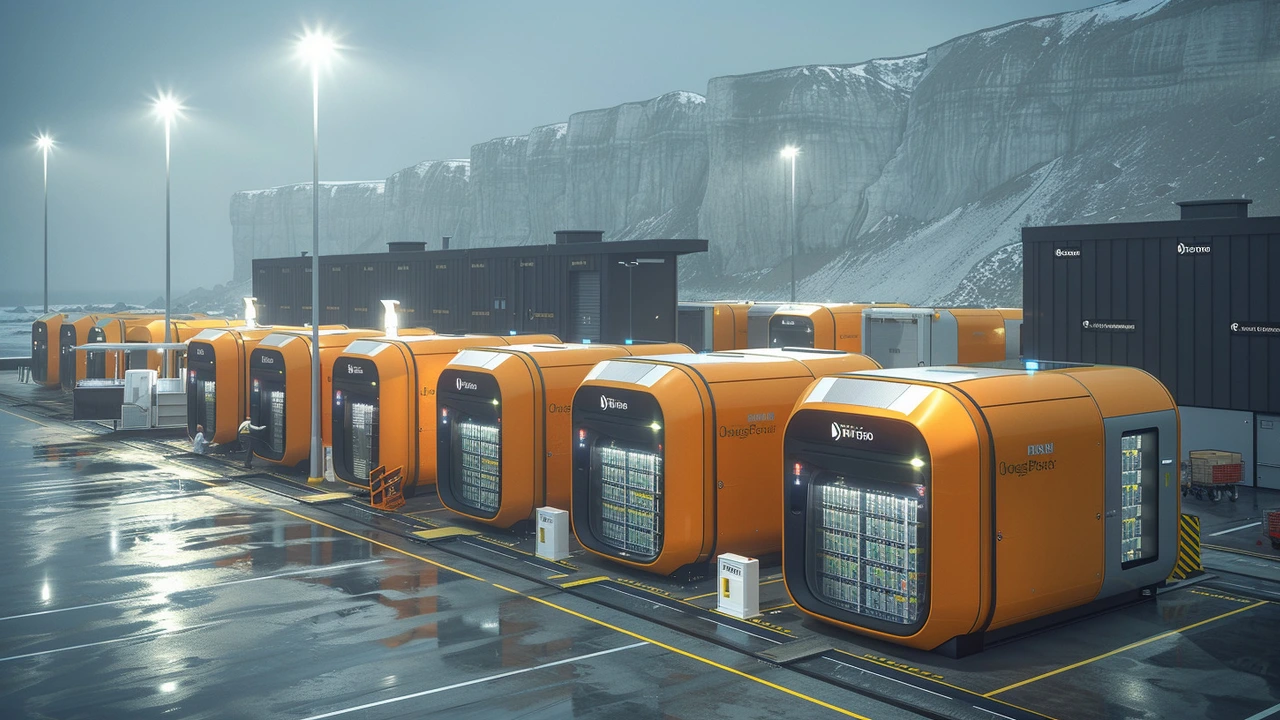Automation: Your Guide to Coding, AI, and Smarter Tech Development
Automation isn’t just a buzzword — it’s the engine behind smarter software and faster progress in tech. If you’re looking to keep up or get ahead, knowing how to code and work with AI-driven automation is a must. Whether you’re a beginner or have some experience, there are clear steps and tips that can help you become a confident coder ready for tomorrow’s challenges.
First off, coding skills open doors everywhere. From job security to building your own projects, learning how to write and debug code is a foundation. For example, understanding Python — a language known for its simplicity and power — can give you direct access to AI and machine learning worlds. Many articles show how mastering Python tricks can make your code smarter and your workflow faster.
Why Automation and Coding Go Hand in Hand
In automation, your code directs machines to handle repetitive or complex tasks without human intervention. This means developers need skills not only in writing clean code but in debugging and improving it regularly. Debugging often feels like a puzzle, but with the right techniques, you can find errors faster and fix them before they become headaches. Real-world tips from pros often boil down to developing a routine: test small parts, use clear logs, and never ignore warning signs.
Automation also relies heavily on AI these days. Coding for AI is a different game — it requires an understanding of algorithms, data handling, and specific programming languages. Beginners should not feel overwhelmed. The best approach is starting small: try simple AI projects, learn how to train models, and explore tools designed to simplify the process. This mix of coding and AI skills lets you build or improve automated systems that work quietly behind the scenes but create big impacts in industries.
Getting Practical: Start Your Automation Journey
Want ready-to-use advice? Start with beginner-friendly programming tutorials that break down complex ideas into simple steps. They help you avoid rookie mistakes and show hands-on ways to structure code effectively. Likewise, learning the secrets of debugging early on will save you frustration later.
If you aim to specialize, look into courses on AI programming, focusing on Python and machine learning basics. These fields are growing fast because companies want smarter automation solutions. Understanding how AI integrates into workflows will boost your career and empower you to innovate on your own.
Automation isn’t just about technology working on its own—it’s about your skills improving how tech gets built and used. With the right guidance, you can shape the future, not just watch it pass by.

- May 6, 2025
- Clayton Shaw
- 0 Comments
AI Tricks to Supercharge Your Tech Skills Fast
Looking to level up your tech skills without endless tutorials and boring lectures? This article covers hands-on AI tricks that make learning way faster, boost your productivity, and even automate the stuff you hate doing. It’s packed with real-life examples and practical steps so you can actually use these ideas today. Whether you're new to tech or need shortcuts, these tips help you get ahead without working harder. Get ready to see how AI isn’t just hype—it’s a massive cheat code for your everyday life.

- May 4, 2025
- Maxwell Sterling
- 0 Comments
AI Tips: Boost Business Performance with Smart AI Tools
Ready to get more out of your business? This article dives into the most practical AI tips anyone can use, even if you’re not a tech genius. Discover how AI tools can cut down boring tasks, help you make sense of customer data, and make smarter decisions faster. Packed with real-life tips and interesting facts, you’ll walk away with ideas you can try right away. Step up your business game by letting AI do the heavy lifting.

- Apr 11, 2024
- Maxwell Sterling
- 0 Comments
Harnessing AI for the Future of Logistics and Shipping Industry
The shipping industry stands on the brink of a revolution, courtesy of artificial intelligence (AI). This article delves into how AI is transforming logistics from mere transportation to a highly efficient, error-free process. Discover the pivotal role AI plays in route optimization, predictive maintenance, and customer service enhancements. Understand the tangible benefits of integrating AI into shipping operations, including reduced costs, increased efficiency, and superior decision-making capabilities. Get ready to explore an in-depth analysis of AI's monumental impact on the future of shipping.
